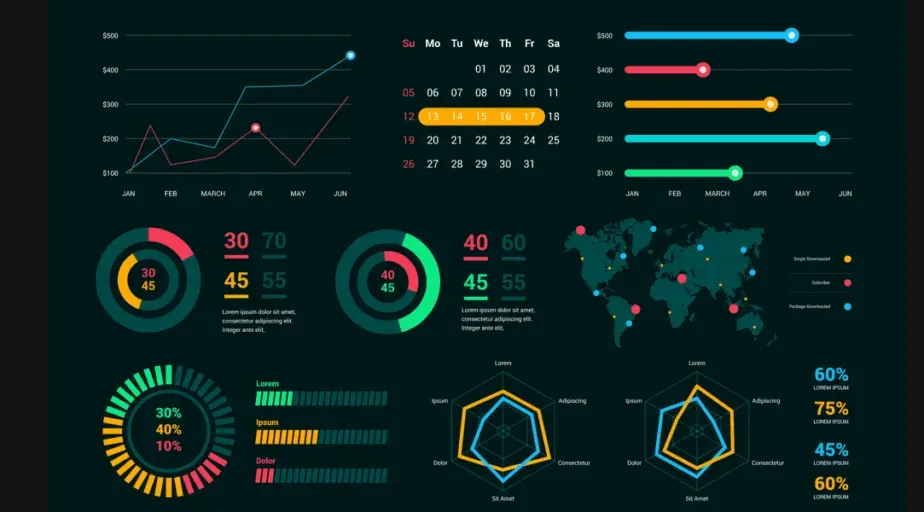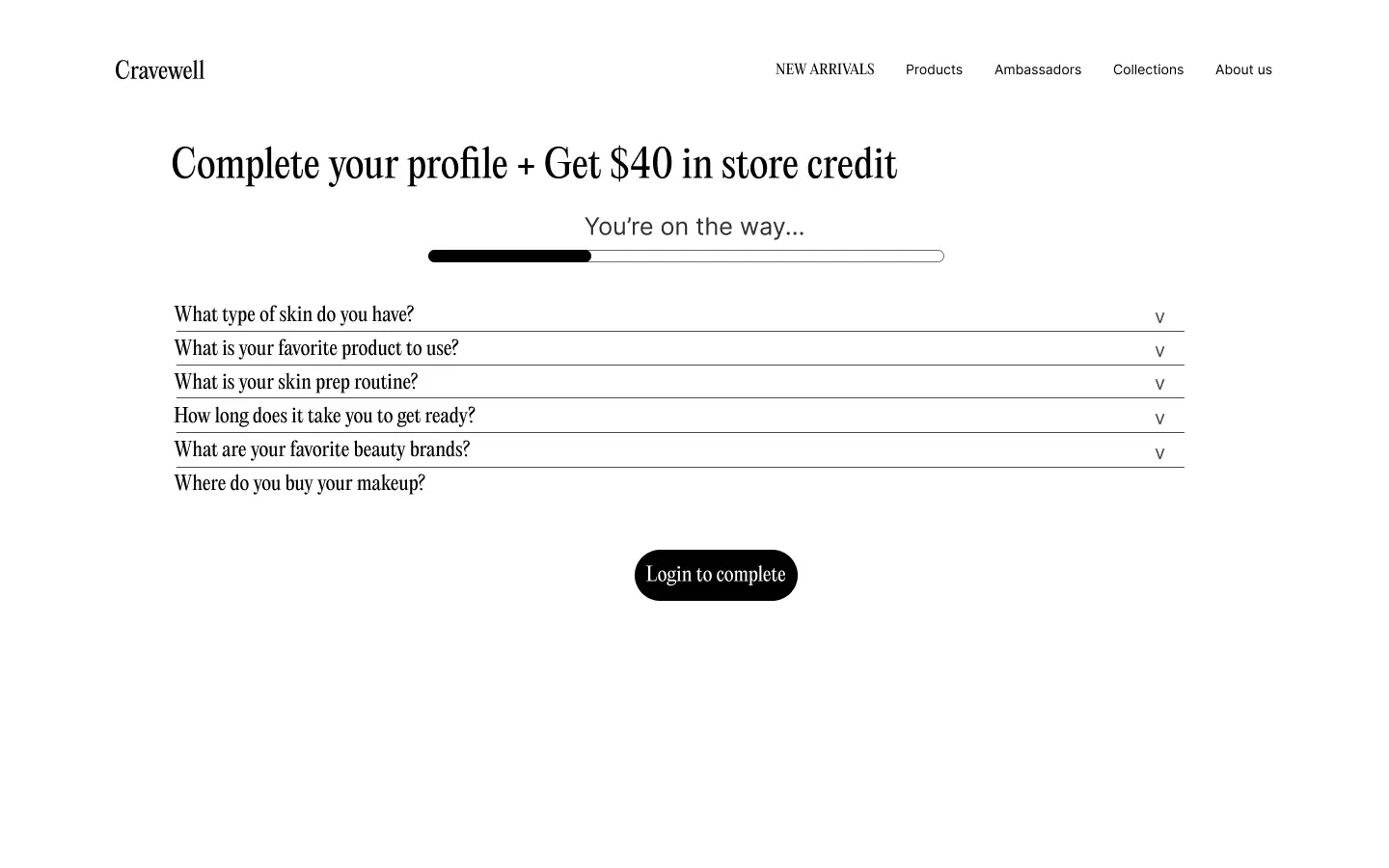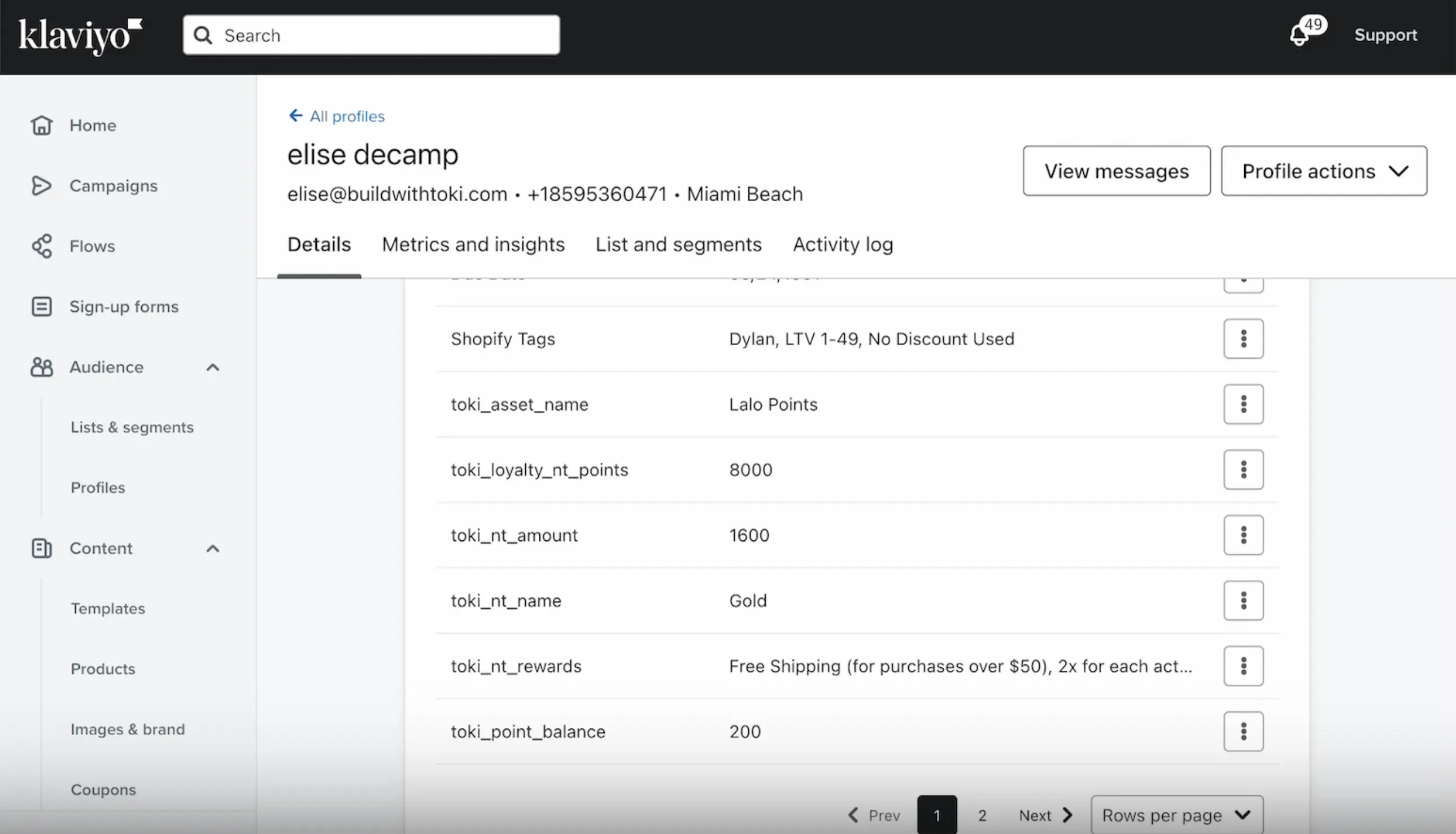
How to Incentivize more Zero Party Data
Zero party data is the gold of the 21st century. It helps inform all of your marketing communication. Without it, the context of who someone is, why they are interested in shopping with you and what they might want to shop for.. Is lost. This is a rather new phenomena due to some significant changes from Apple.
In recent years, Apple has introduced significant changes to its iOS operating system that have impacted data collection and privacy practices. These changes have made zero-party data more important for brands. Here are a few notable iOS changes:
App Tracking Transparency (ATT): With the release of iOS 14.5, Apple introduced the App Tracking Transparency framework. This feature requires apps to obtain explicit user permission through a pop-up prompt before tracking their activity across other apps and websites. As a result, users have more control over their data and can choose whether to allow or deny tracking. This change has made it harder for brands to rely solely on third-party data and has increased the importance of collecting zero-party data directly from users who opt-in.
Limitations on Identifier for Advertisers (IDFA): Apple's iOS 14.5 update also implemented changes to the Identifier for Advertisers (IDFA), a unique identifier used by advertisers to track user activity and deliver personalized ads. Under the new privacy measures, apps are required to request user permission to access and use the IDFA. Users can choose to allow or deny access, potentially limiting the availability of granular user data for ad targeting purposes. As a result, brands may experience a decrease in the availability and accuracy of third-party data, highlighting the need for alternative data sources like zero-party data.
Privacy Nutrition Labels: Apple introduced privacy nutrition labels in the App Store, requiring app developers to disclose their data collection and privacy practices. These labels provide users with an overview of the types of data collected by each app, including first-party and third-party data. By providing this transparency, Apple empowers users to make informed decisions about which apps they trust and allow access to their data. This emphasis on transparency and user control further highlights the importance of collecting zero-party data with explicit user consent.
These iOS changes reflect a broader industry shift towards stronger data privacy protections and increased user control over their data. Brands that prioritize collecting zero-party data can establish a direct relationship with their customers, ensuring transparency, consent, and a higher degree of accuracy in understanding customer preferences and behaviors.
With all this said, here is how to implement practices that will help you collect more zero party data and use it to generate more revenue.
With that said, if you are spending money on paid advertising, you probably should have a zero party data strategy.
Let’s walk through the different types of data that you are coming across on a day to day basis.
First-Party Data: First-party data is collected directly from customers or users who interact with a brand's own channels and properties. It includes information such as customer profiles, transactional data, website interactions, app usage, customer support interactions, email engagement, and social media interactions. First-party data is considered highly valuable as it provides direct insights into a brand's own audience.
Second-Party Data: Second-party data refers to data that is obtained from a trusted partner or another company. It involves sharing data between two organizations that have a mutually beneficial relationship. For example, a brand might collaborate with another brand or publisher to share their respective customer data to gain deeper insights or improve targeting capabilities.
Third-Party Data: Third-party data is collected by external sources that are not directly affiliated with the brand. This data is typically purchased from data aggregators, data brokers, or other companies that specialize in collecting and selling data. Third-party data can include demographic information, online behavior, interests, and purchase intent. It is used to augment a brand's existing data and provide additional insights about potential customers.
Zero-Party Data: Zero-party data is voluntarily provided by customers themselves through direct interactions or explicit consent. It includes information that customers intentionally share, such as preferences, interests, purchase intentions, feedback, and survey responses. Zero-party data is considered highly reliable and accurate as it comes directly from the source. Brands collect zero-party data through surveys, preference centers, interactive content, quizzes, and other engagement strategies.
It's important to note that data collection practices should comply with applicable privacy regulations and respect customer consent and preferences. Brands should prioritize transparency, security, and ethical use of data to build trust with their customers.
Brands should collect zero-party data for several compelling reasons:
Enhanced Personalization: Zero-party data is voluntarily shared by customers themselves, providing explicit insights into their preferences, interests, and intentions. This data is highly accurate and reliable, enabling brands to deliver personalized experiences, products, and services tailored to individual customers. By understanding their customers better, brands can build stronger relationships and foster customer loyalty.
Trust and Transparency: The collection of zero-party data is based on a transparent exchange between brands and customers. When customers willingly share their data, they expect brands to respect their privacy and deliver value in return. By explicitly asking for information, brands demonstrate a commitment to transparency, engendering trust and building a positive brand reputation.
Improved Marketing Effectiveness: Zero-party data allows brands to gather specific, actionable insights directly from customers. This data can inform marketing strategies, content creation, product development, and overall business decision-making. By utilizing zero-party data, brands can create highly targeted campaigns, reduce marketing waste, and increase their return on investment (ROI).
Accurate Customer Segmentation: Zero-party data helps in segmenting customers more accurately. By collecting information directly from customers, brands can categorize them based on their interests, preferences, and behaviors. This segmentation enables personalized messaging, product recommendations, and promotions, ensuring that brands effectively engage with their target audience and drive conversions.
Compliance with Privacy Regulations: As data privacy regulations, such as the General Data Protection Regulation (GDPR) and the California Consumer Privacy Act (CCPA), become more stringent, collecting zero-party data can help brands comply with these regulations. Since customers provide this data willingly and explicitly, it eliminates concerns about consent and ensures compliance with privacy laws.
Data Ownership and Long-Term Value: Zero-party data is owned by the brand, as it is directly obtained from customers through a mutually beneficial relationship. This data provides long-term value as it remains accessible even if third-party cookies become obsolete or data sources change. By building a robust repository of zero-party data, brands reduce their reliance on third-party data sources and gain a competitive advantage.
Overall, collecting zero-party data enables brands to build stronger relationships with customers, enhance personalization efforts, and improve marketing effectiveness. It fosters trust, compliance with privacy regulations, and provides valuable insights for long-term business growth.
How to Put This in Action
Onsite polls, quizzes and surveys help to capture the attention of potential customers and capture data to better follow up with that potential customer if they bounce. Which, sadly, they most likely will! That 98% that are most likely to bounce (since 2% is the average conversion rate in e-commerce) are very valuable and expensive. It’s worth attempting to win them back and retargeting is no longer a promising option! Pop up polls, quizzes and surveys can be added to any page, at any moment in the customer journey.
When thinking about setting up these onsite tools, there are a few important guidelines to follow:
1. Ask questions that are going to help you sell to that customer later
2. Provide incentives for the answer that work with your margins but are meaningful to the potential customer
.webp)
Polls, quizzes and surveys should be placed onsite at the right place and the right time as to not distract the customer journey, but enhance it. What this means for you is going to be different from other brands. But an example might be:
-
A quiz when website visitors first get to the site to give them a credit to apply to their order (and to collect information on their product preferences)
-
A quiz on the collection page asking a bit more info and giving a bit more of an incentive
-
A quiz on the post purchase page to understand why they purchased and give them an incentive to come back again soon
-
A follow up survey to get them re-engaged two weeks later
The good news about polls, quizzes and surveys are not only are you collecting these data points but you are also collecting an email + SMS so it acts as a more enriched newsletter sign up form.
Following up with quizzes, polls and surveys over email is a great strategy for winback.
Incentivizing the Customer Profile Completion
A simple way to collect many data points at once is to promote completion of the Customer Profile. A customer profile can be a combination of as many data points as you like:
- How old someone is
- Where they live
- If they have kids
- When their birthday is
- If they have a dog
- What their dog’s name is
- Etc
Profile Completion is something you can propomte post purchase on the post purchase page or in email follow up as a way to winback for a repeat purchase. Incentives for each answer can be as big or as small as you like. You know what will get your customers activated in a meaningful way.

Using Zero Party Data for Future Marketing
All of this zero party data should ultimately inform how you communicate with that customer in the future. With CRM integrations and segmentation of profile tags, you can follow up with a customer that told you they have a twelve step skincare routine with your bundled routine pack when you come out with it. Or you can send an SMS to that customer with a two year old when you launch your baby bib's product.

Want help strategizing how you can collect more zero party data? Schedule a demo to speak with a loyalty strategist.